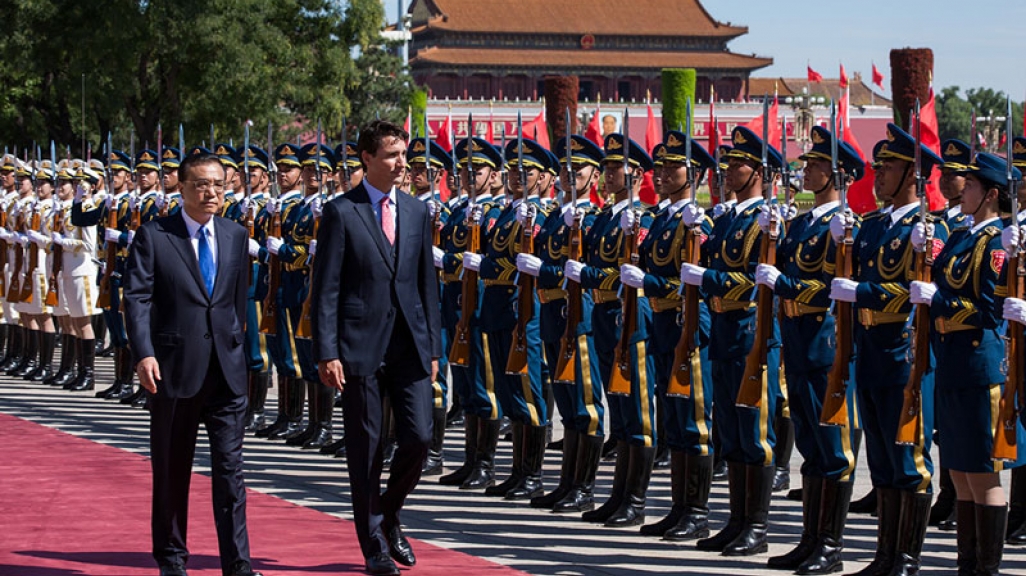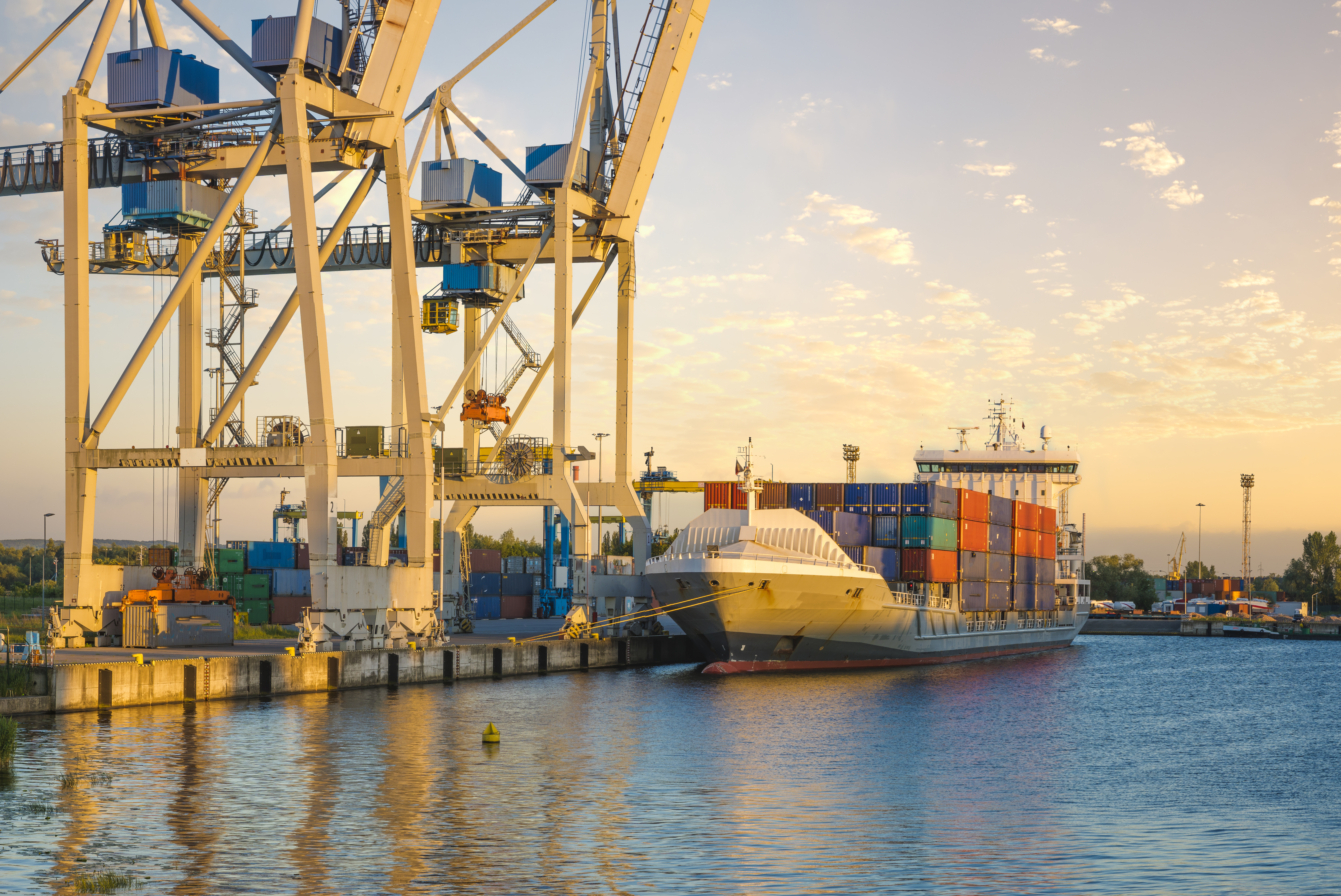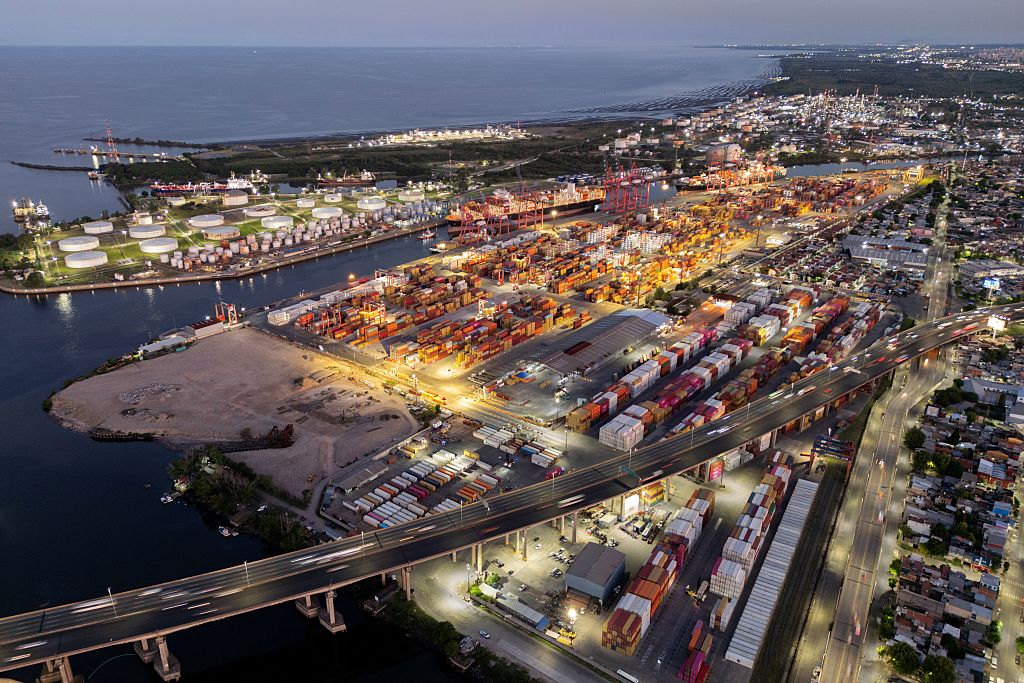Trudeau Seeks to Reset Canada-China Ties
Trudeau Seeks to Reset Canada-China Ties
The prime minister’s China trip set a positive tone, but progress will require balanced trade relations, writes AS/COA’s Eric Farnsworth for China-US Focus.
Canadian Prime Minister Justin Trudeau’s travel to China for the recently-concluded G20 meetings in Hangzhou was designed to be the first step in a process to re-set and re-launch bilateral relations. His trip set a positive and welcome tone, but true progress will only come with sustained, meaningful attention that maximizes mutual opportunities while minimizing misunderstandings and risks.
In his first trip to China as Prime Minister, Trudeau was welcomed as the son of the former Canadian Prime Minister who first opened the door to relations with China in 1970, exactly nine years prior to Washington’s similar move, and who’s reputation in China remains strong. The younger Trudeau, who traveled as a boy to Beijing with his father, intentionally brought along his own family including his wife and young daughter, to link his own efforts generationally and to show a broader appreciation for the bilateral relationship. As if on cue, he was openly welcomed by his hosts with the nickname “little potato,” a play on the transliteration of his surname, Tu Dou, and an affectionate nod to his family ties.
But good feelings among leaders will only take countries so far, and the operative word for Trudeau’s early September visit to Beijing, Shanghai, Hangzhou, and Hong Kong was “balance.” As in, greater balance must be brought to Canada’s international trade profile, building diversity from an overwhelming reliance on the United States yet ensuring that growing trade with China, Canada’s second largest trade partner, becomes more equal; increasing the size of consumer-related trade and investment, not just commodities; and giving appropriate weight both to economic issues and Canada’s traditional focus on human rights, freedom of speech and press, and environmental concerns, among other topics.
Relations between Canada and China have not been completely smooth over the past several years. The former Harper government pushed human rights issues including honoring the Dalai Lama while restricting opportunities for investment by China’s state owned enterprises. Over the past year under the current Prime Minister, tensions have increased on trade and immigration, to name two vexing issues. At the same time, Canada has a large Chinese population, many from Hong Kong—a city that is estimated to be the home to around 300,000 Canadians. As a result, democracy issues affecting Hong Kong are important domestically in Canada.
There was little chance that these issues could be fully addressed by the visit, but that wasn’t necessarily the point. Rather, the trip was designed to re-introduce Canada and China to each other and to begin a process where progress might be made. At the same time, Canada’s slowing economy and desire for job creating direct foreign investment clearly highlighted a desire for greater economic interaction, even if China’s stated desire for a bilateral FTA remains off in the indeterminate future.
Indeed, the Prime Minister was quoted on the final day of his trip saying, “I don’t think you have to choose” between economic engagement and raising human rights issues within a transparent dialogue of mutual respect. It remains to be seen whether such an approach will bring the results that the Prime Minister and his government seek. In the meantime, the trip did achieve modest results, among them a temporary reprieve on new Chinese restrictions of Canadian canola exports; the signing of some $1.2 billion in new trade deals across a range of sectors including clean energy, healthcare, and agriculture; a new willingness to welcome Chinese investment in the oil sands; and a Canadian pledge to consider application to the Chinese-led Asian Infrastructure Investment Bank (AIIB). The last of these may prove to be the most significant over time, lending additional credibility to the AIIB and bringing Canada on board as the first nation to join from North America, contrasting implicitly with the United States’ overt reluctance to support the Chinese initiative. The trip also gave Trudeau a public platform to reject growing protectionist forces in the United States and Europe, while claiming that Canadians would be unlikely to succumb to similar temptations.
Less progress was apparently made on a number of other issues, but in the end, the trip really was more about symbolism than substance, opening the door to a better bilateral relationship over the longer term that will require a more even-keeled approach than was previously pursued. But the significant power imbalance between Canada and China also means that a healthier, more balanced relationship will require much hard work to promote Canadian interests as effectively as China has promoted its own. Otherwise, the Trudeau government will be subject to criticism—which can already be heard from members of the opposition—that in his quest for a better bilateral relationship, the Prime Minister is willing to give up more than he gains.
Over time, such criticism will be unsustainable politically, and he will have to show that his family ties, personal outreach, and spirit of goodwill are able to deliver real results for Canadians both economically and also in the promotion of the values Canadians hold dear. In some ways, this is exactly the same calculation that many of the other countries of the hemisphere, such as Brazil, Argentina, and Peru are currently making. For its part, Washington views Canada as a partner and strategic ally on global issues. It will watch Canada’s moves with China closely, urging progress on such matters as cyber adventurism, clean energy, global climate change, and human rights and democracy issues, while keeping abreast of developments that might diversify Canada’s trade and economic relations away from the United States toward China or support a strengthened hand for China in global governance issues including the AIIB.
It is a high wire act, to be sure. Balance will be key, both in execution and also in results. Trudeau’s travel to China was just a beginning step.









